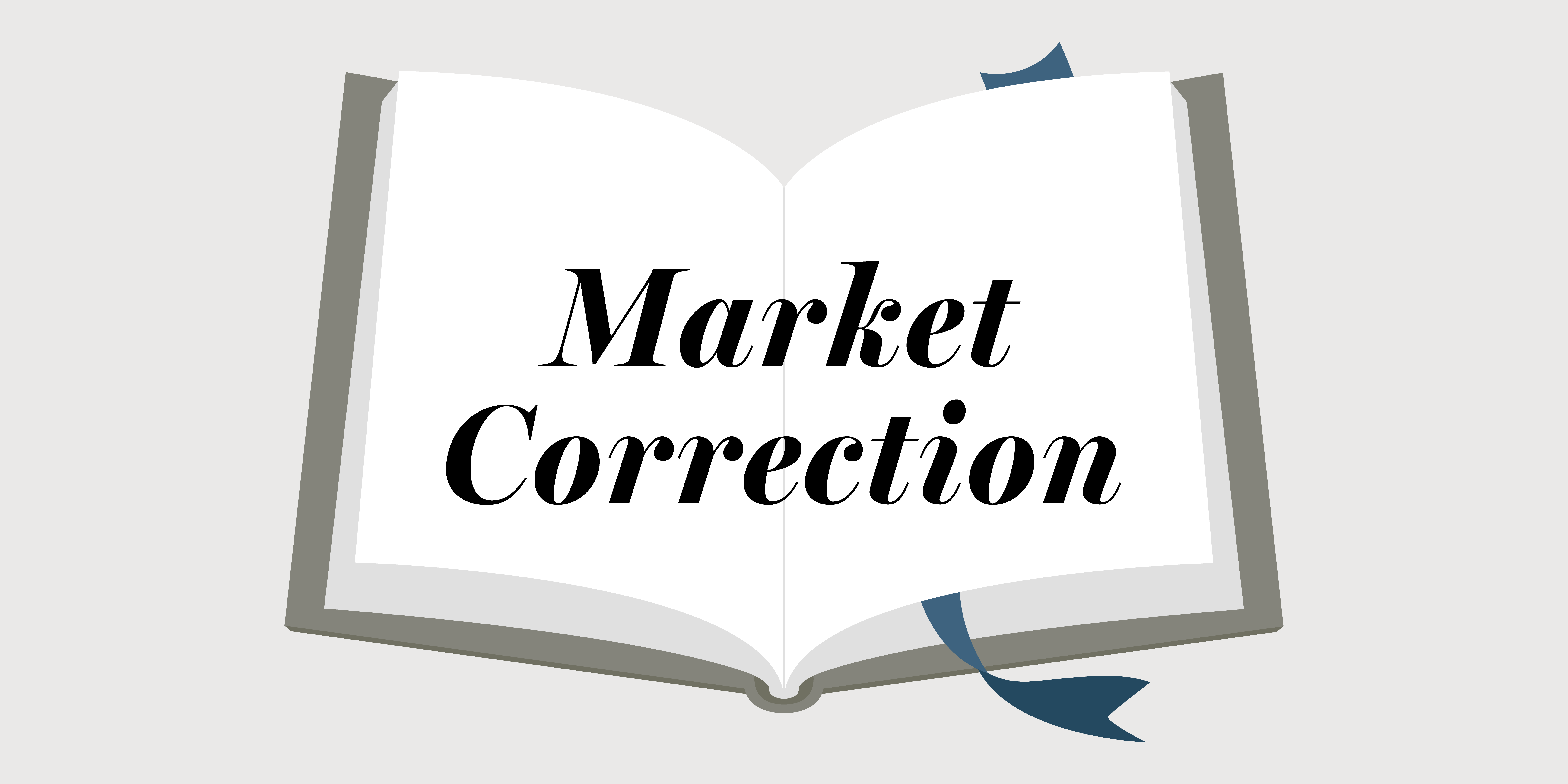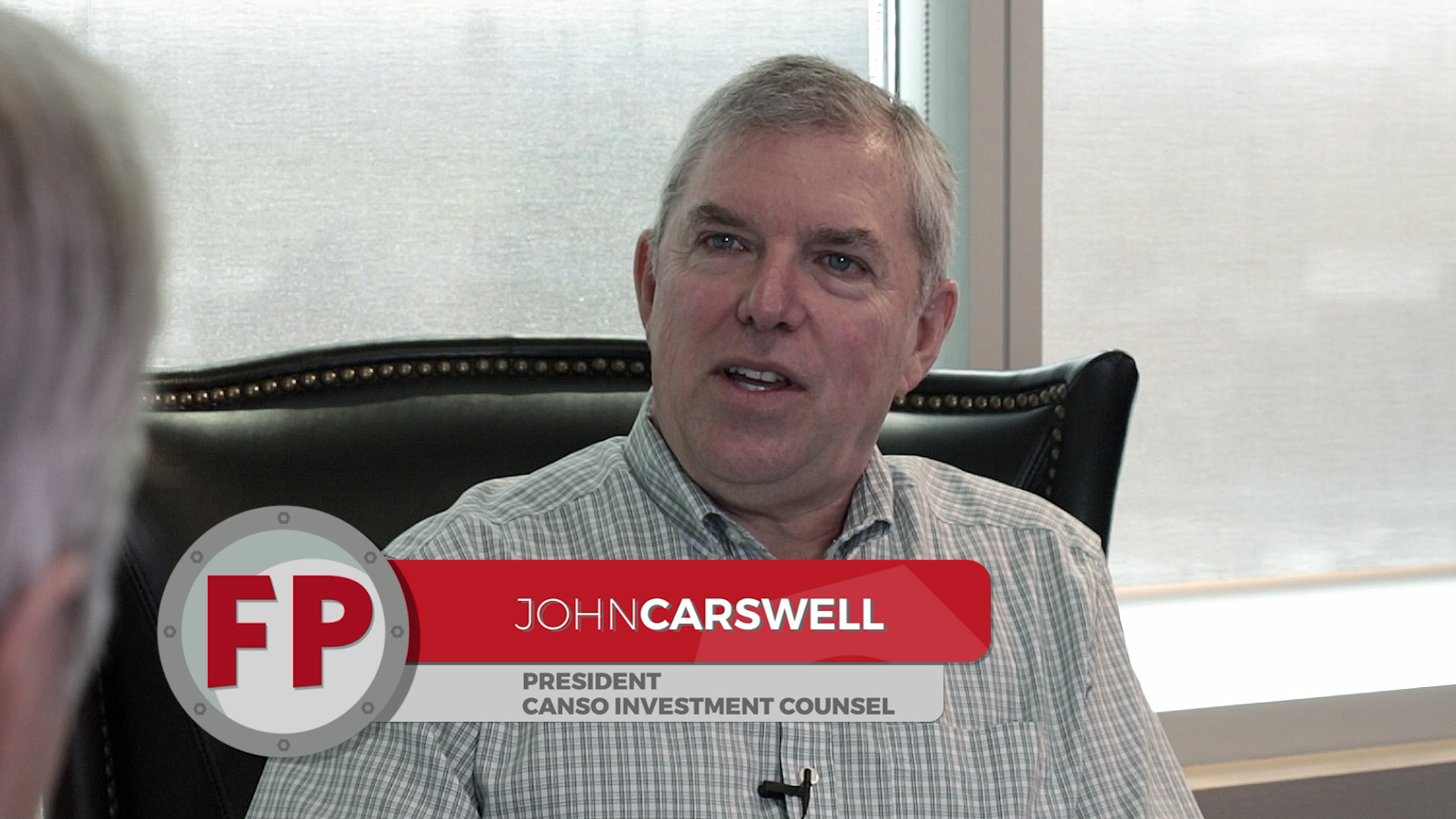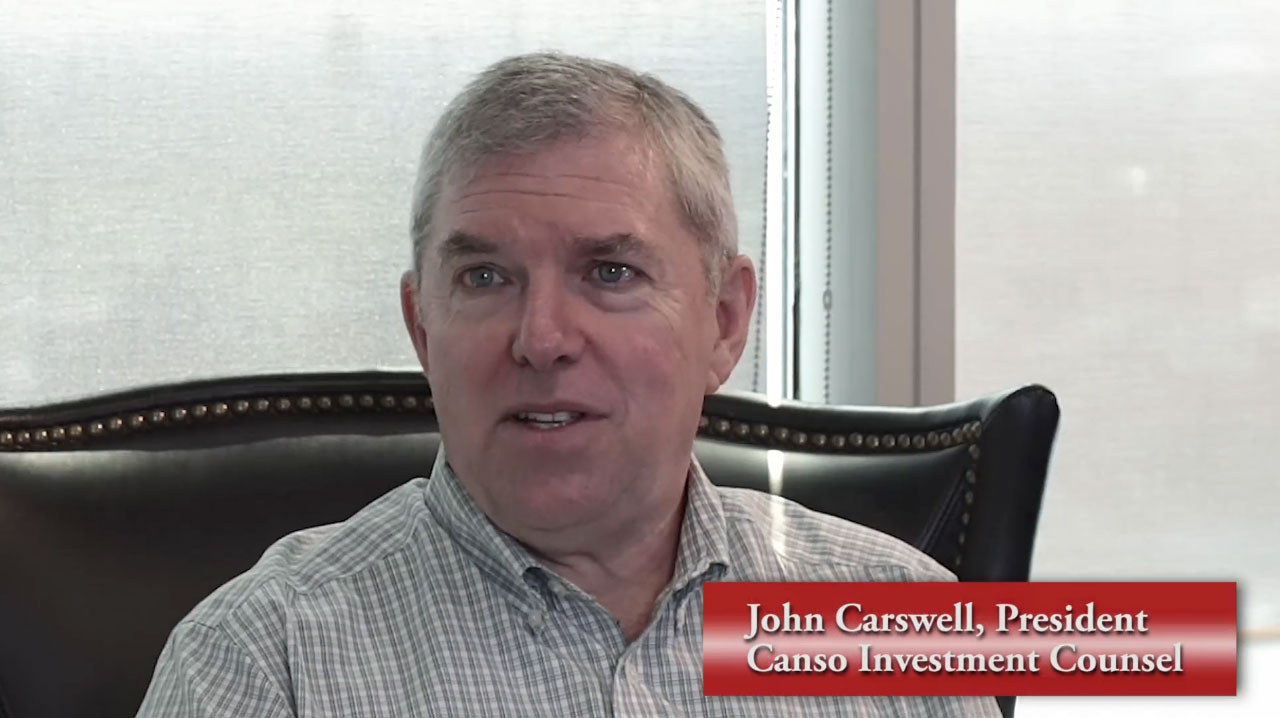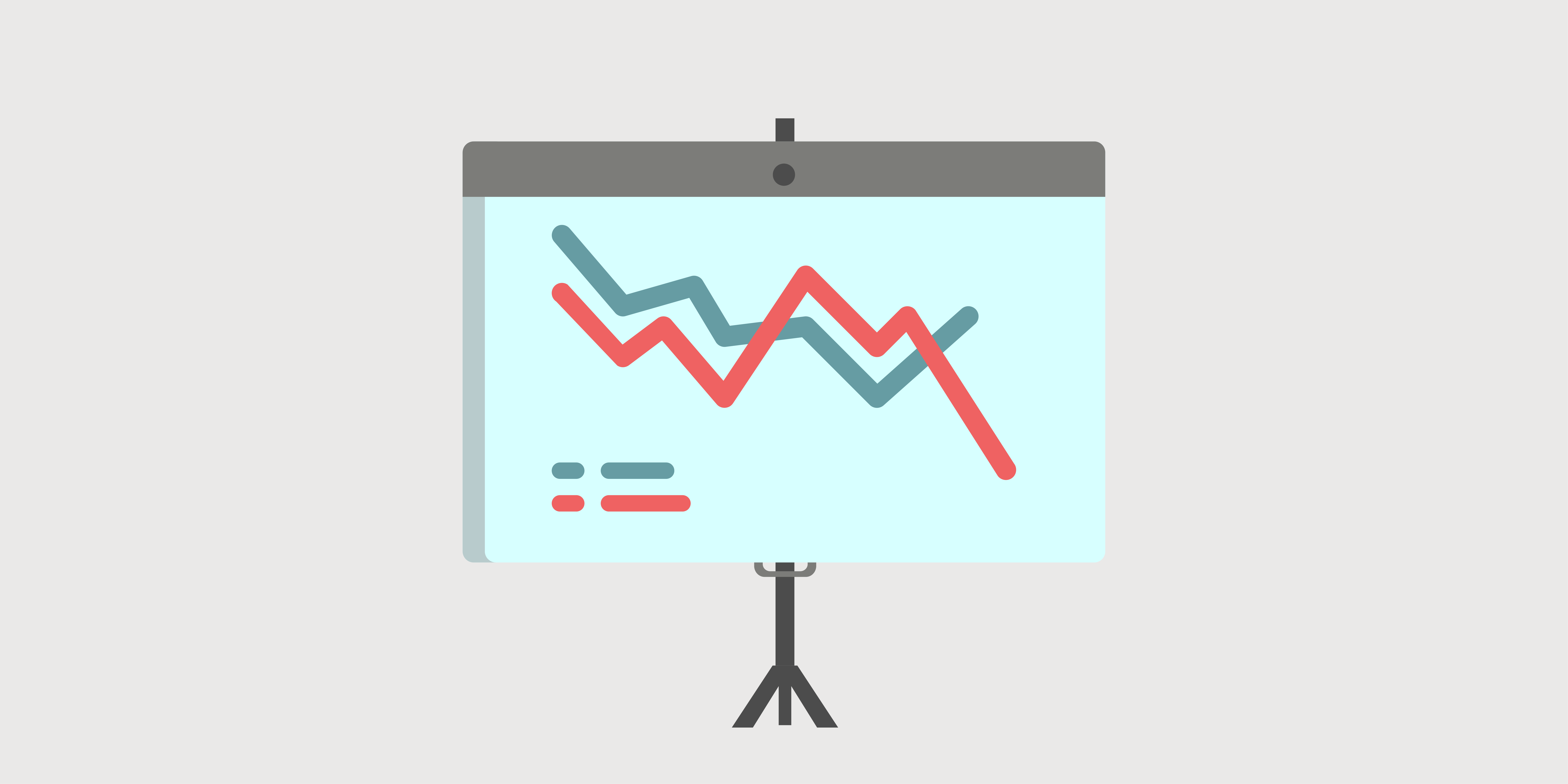When financial people talk about a market correction, they’re referring to a broad market decline of greater than 10% but less than 20%. That’s the correction vs bear market distinction, since a decline beyond 20% is bear market territory.
Crashes should not be confused with corrections. Those are abrupt downturns caused by investors who panic and hurriedly push the sell button. They’re sharp, but usually rather short lived, while market corrections tend to span several weeks or months.
The most widely-followed equity index in the world is the S&P 500, which experienced 55 corrections between 1928 and October 2022. Corrections are inevitable, but they don’t happen predictably. Attempting to forecast them is an exercise in futility.
When fears of a market correction or recession take over, they can trigger actions that are damaging to portfolios. What will be key for investors, when corrections occur, is the ability to look away from the carnage — and close those online investing apps.
Corrections will disrupt investors’ faith in the markets and the best-laid out investment plans. It’s important to realize that selling at a price lower than what was paid for the investment, is the only way to lose money in the market.
Until you sell, any and all losses (and gains) are only on paper.
Don’t let emotion take over. As famed investor Peter Lynch once said: “If you’re in the market, you have to know there’s going to be declines.”
While nobody knows when the markets will recover from a correction, the upside is that every market correction is eventually followed by a strong rebound.







